Independence Palace: A guide to the former home of South Vietnam President
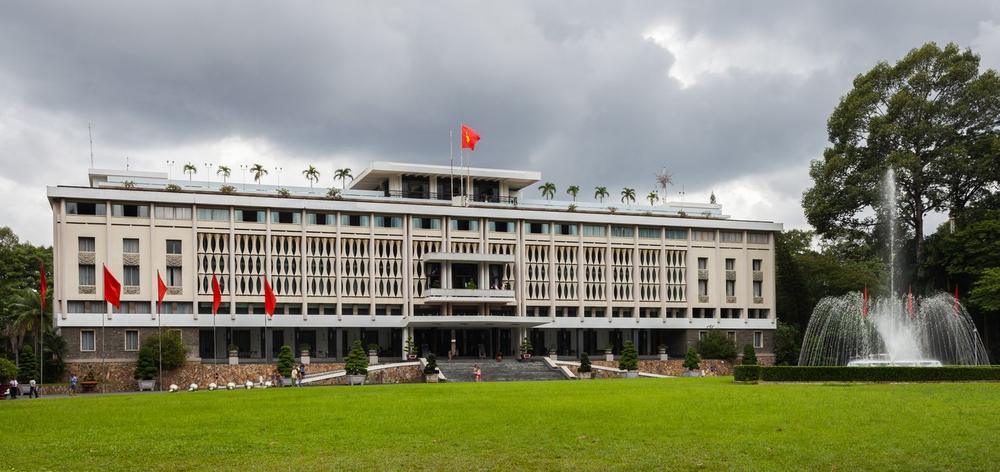
It’s not Ben Thanh market or the Notre Dame Cathedral but Independence Palace is one of the most attractive destinations of Ho Chi Minh city. In 2009, the Vietnamese government listed it as one of the ten national historical sites of Vietnam! With its historical and architectural values, the palace continues to be in the travel list of many foreign tourists. On a day trip in HCMC, Independence palace is a must-visit destination in your bucket list. Explore Independence Palace along with other renowned historical sites in Ho Chi Minh city with a knowledgeable local insider now!
- Ho Chi Minh city tour guided by a cultural expert
- Full day private historical tour in HCMC and Cu Chi tunnels
The Palace of Governor of Cochinchina was former name of Independence Palace
Independence Palace, also known as the Reunification Palace or the Unification Hall, is located on an area of 12 hectares in the center of Ho Chi Minh city. As of today, four important roads (Nguyen Thi Minh Khai, Nam Ky Khoi Nghia, Huyen Tran Cong Chua and Nguyen Du), in District 1 surround the whole palace.
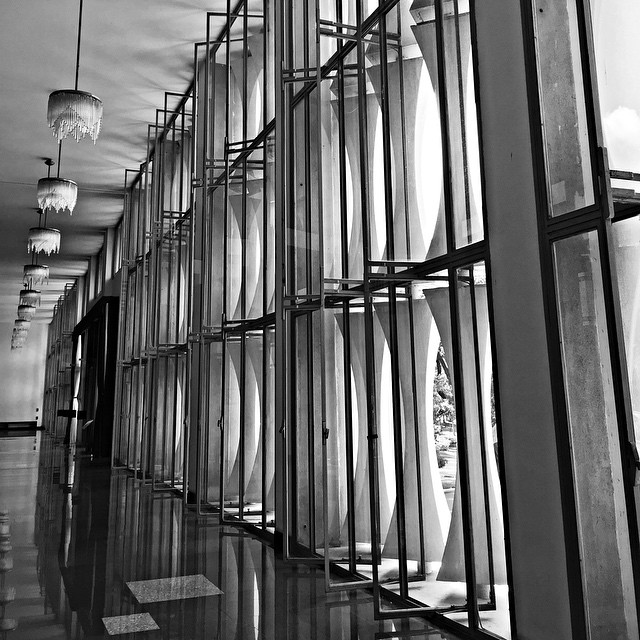
People used to call it the Palace of the Governor of Cochinchina. The work was started in 1868 and completed in 1871, designed by a French architect. Upon completion, Norodom Palace was its popular name. From 1871 to 1887, the Governor of Cochinchina used it as their workplace, giving it a nickname: the Governor's Palace. After the Second World War, Norodom Palace became the headquarters of the French army in Vietnam. In 1955, the Ngo Dinh Diem government officially named it as the Independence Palace. In 1962, the palace was forced to rebuild because of damage from the war. After the victory on April 30 in 1975, the Government renamed it Reunification Hall. Nowadays, Vietnamese still use its two names for this destination: the Independence Palace and the Reunification Palace.
Independence palace has structure of hieroglyphics
In 1962, the Palace was rebuilt and completed four years later. At this time, architect Ngo Viet Thu was the designer of the drawings and architecture for the project. He was the first and only Vietnamese to win the Roman Prize in Architecture. Hence, visitors will easily recognize the harmonious combination between modern Western and classical Eastern architecture when visiting the Reunification Palace.It has 3 main floors, 2 mezzanines, a terrace and a basement, with about 100 rooms decorated in different styles to suit the usage. Outside, some areas of the palace also preserve the war artifacts from April 30, 1975, when the Northern Vietnamese troops captured Saigon, ending the Vietnam War.A special feature is that it is designed resembling hieroglyphics according to traditional oriental architecture. Accordingly, the whole palace is shaped like "吉" (meaning good, luck) and the flagpole is located in the middle, forming the word "中" (meaning of loyalty). In addition, this architecture still has many other meaningful features, visitors can ask their guides to explain in more detail when visiting here.
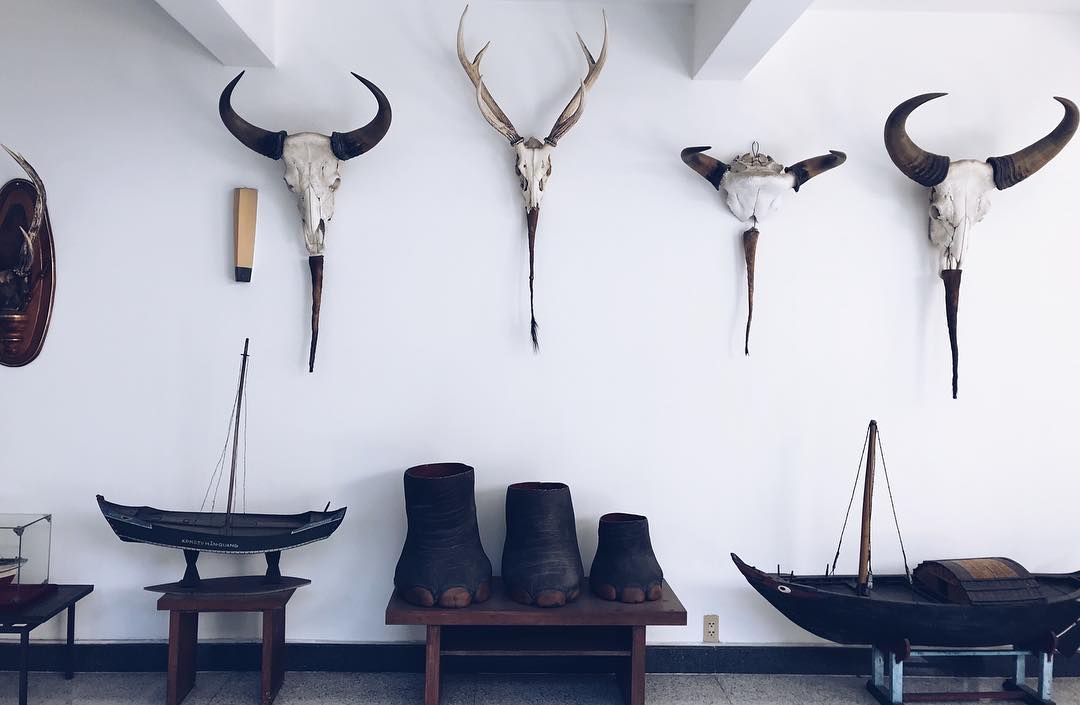
When arriving at the areas, rooms, tunnels inside, visitors will see firsthand the layout of meeting rooms, bedrooms, working rooms and some valuable historical artifacts still retained. You will learn more about the history of Vietnam, especially insights relevant to historical events - the day the South was completely liberated.
How to explore Independence palace
Special interior architecture system
- Stateroom: The banquet hall accommodates 500 people. It was also used for organizing meetings, receptions, and the launch of the cabinet.
- Residence of Presidential Family: The person who has the longest living time is the President under the old regime Nguyen Van Thieu (from October 1967 to April 21, 1975).
- The room for referring credentials: It has the painting "Binh Ngo Dai cao" (Proclamation Of Victory) consists of 40 small pieces representing the peaceful life of Vietnamese people in the 15th century.
- Basement: The basement is full of communication rooms, printing rooms .... to ensure the delivery of the Presidential orders.
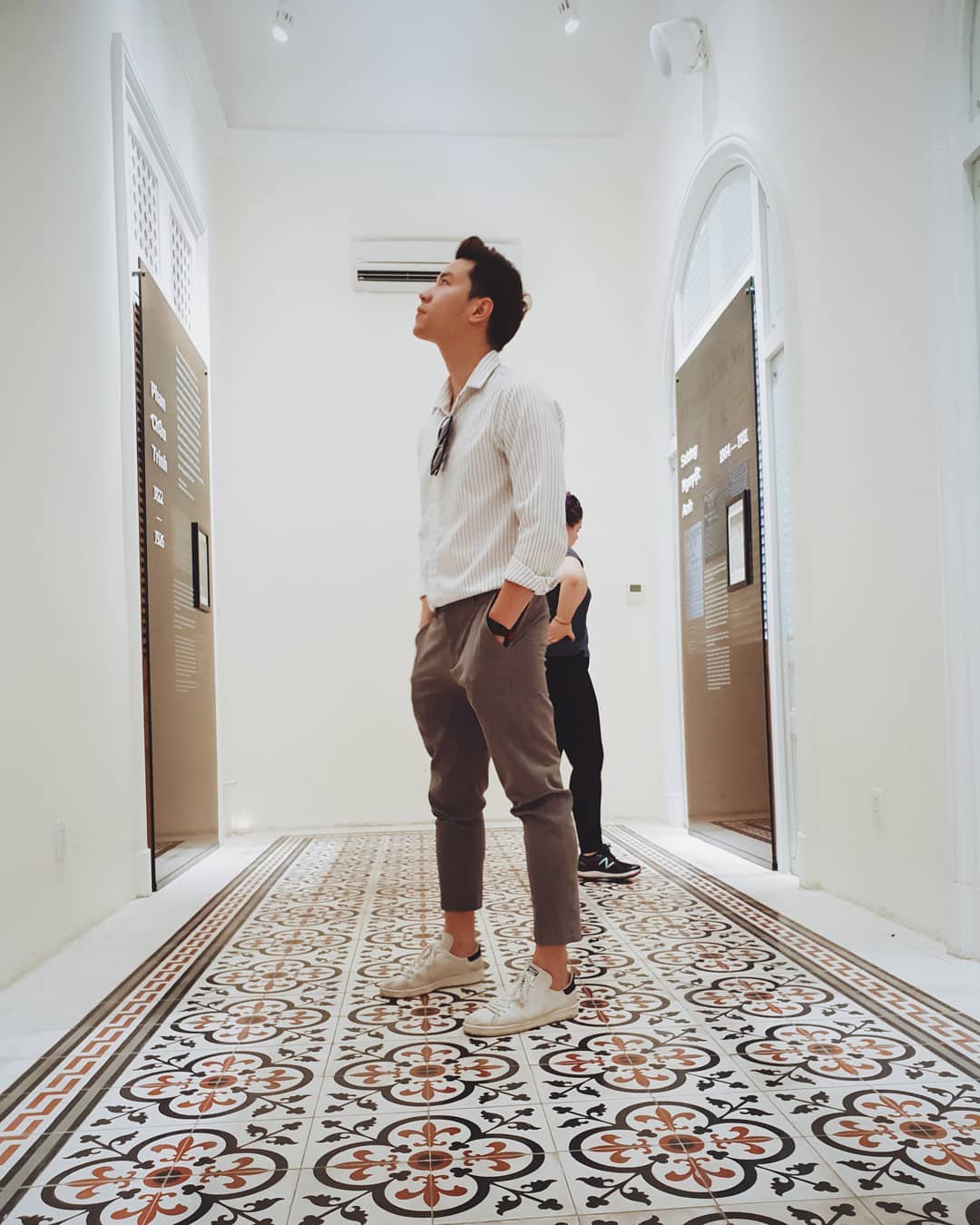
Historical artifacts
- On the palace’s roof, there is UH-1 helicopter of President Nguyen Van Thieu, next to the position of two bombs that pilot Nguyen Thanh Trung dropped down.
- The Mercedes-Benz 200 W110 with German number plate VN-13-78, is one of the cars that President Nguyen Van Thieu used.
- Jeep M152A2 was used by the Revolutionary Liberation Army to transport Mr. Duong Van Minh, the last president of the Republic of Vietnam to the Saigon radio station, to read the declaration of surrender at noon on April 30, 1975.
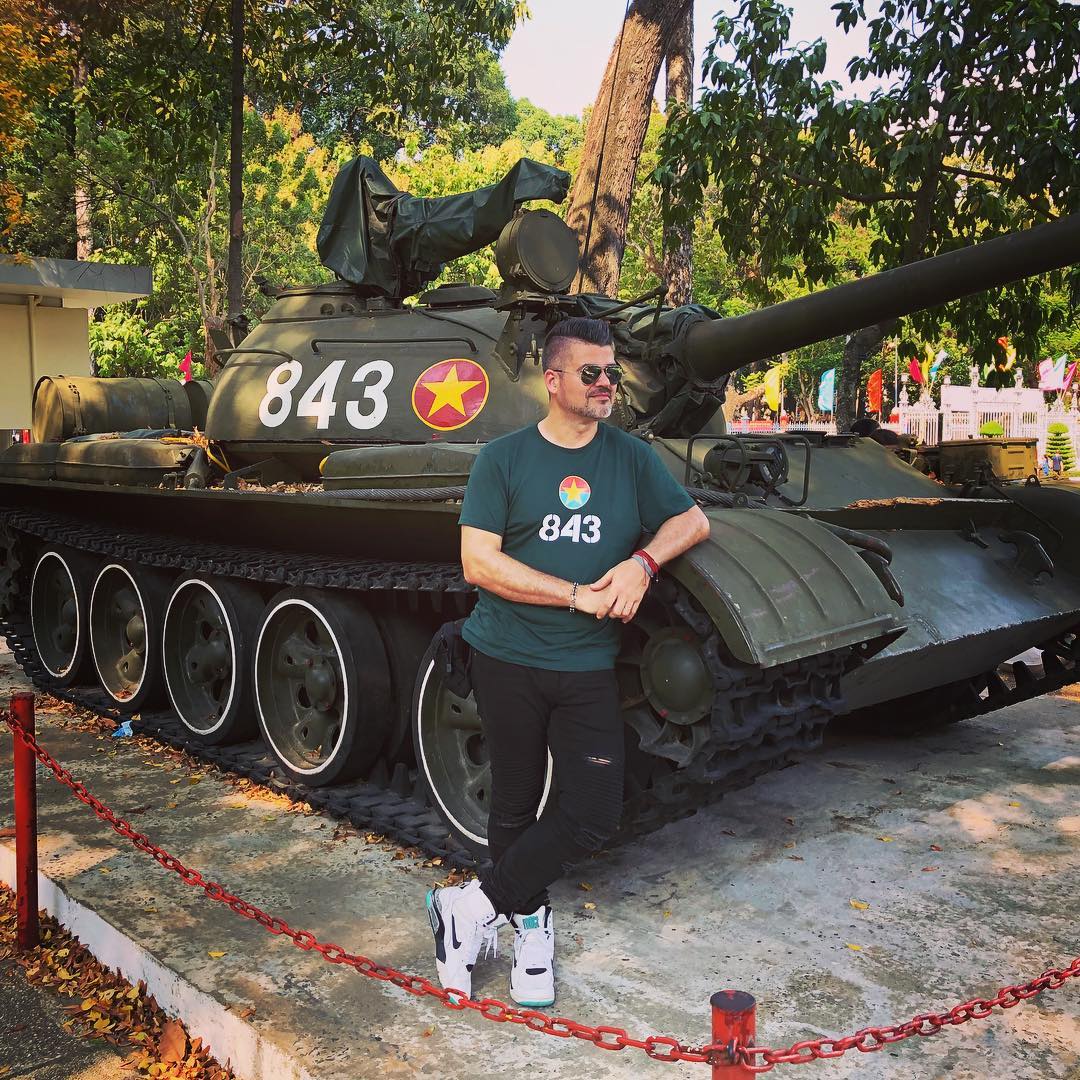
Artworks
In addition, you also have the chance to admire many valuable artworks. Significantly, the painting of Vietnamese countryside by architect Ngo Viet Thu is a highlight. Illustrations of Vietnamese literature are also showcased. For example, you can admire the oil painting of Truyen Kieu, a prestigious Vietnamese literature work.
Independence Palace becomes a "green tourism" of Saigon
When designing the palace, architect Ngo Viet Thu surrounded the whole palace with rees, creating a fresh space in the heart of bustling Ho Chi Minh City: Its campus has nearly 2000 green trees of 99 different species with many rare trees, even some centuries-old trees such as tracwood, legume... so Independence Palace becomes a site of "green tourism" in Saigon.
Location
Independence Palace is located in the heart of Ho Chi Minh City. The address is at 135 Nam Ky Khoi Nghia Street, Ben Nghe Ward, District 1. It is also close to other tourist attractions such as Notre Dame Cathedral, 30/4 Park, Central Post Office... You can take either bus, taxi, car or ride a motorbike to get to Independence Palace. Buses number 001, 002, 03, 04, 05 are available for a direct route. For personal vehicles, you can park your car at Tao Dan Park on Huyen Tran Cong Chua Street.
Time to visit
Opening hour: 7:30 – 16:00. Ticker office closes from 11:00 to 13:00.
Entrance fee
Admission fee is VND 40,000/adult (about US$2). The downtown center wherein Independence Palace lies also consists of other iconic landmarks of the old Sai Gon. Thus, it is very convenient for visitors to have a history day tour around this area. If you still wonder what else to do, our guide on things to do in HCMC will help you out!